I have always enjoyed making things. I asked for a router for my 17th birthday. Not a networking one like your ISP gives you — there were no such things outside of universities and large companies back then. I wanted a woodworking power tool kind of router. I got one and played with it a lot — fortunately without cutting off my fingers. I built a router table for it to mount to. I then built another router table using the first one. I built fancy jigs for it. I believe my dad still has a set of round stacking coasters I cut with it.
When I started college I soon found myself in the world of machine tools. That was quite inspiring and made woodworking seem kind of rough. I had the idea that I could use my machinist skills and access to a fine machine shop to make a CNC positioning system for a wood router. This would be a serious project today, but back then it was extremely serious. I ultimately was stopped by the expense of motor controls at the time.
Of course today, it’s relatively easy. Last year I even wrote my own PID motor controller in microcontroller C. But that’s not even necessary. It is quite plausible today to order the entire concept I had envisioned complete and ready to go. Here’s an example that I would have been delighted to buy that was not terribly far from the specs of what I was going for.
With my recent construction project I was again using my router and also doing some pretty involved computer modeling. I was reminded of my ancient project and decided that my wood router would make a good practice project for improving my hard surface technical modeling skills in Blender. I have plans to build a high quality router table and, who knows, maybe one day I’ll tackle the positioning system. But both of those benefit from having a very accurate model of the router itself.
Hopefully that provides some background about my inordinate interest in wood routers.
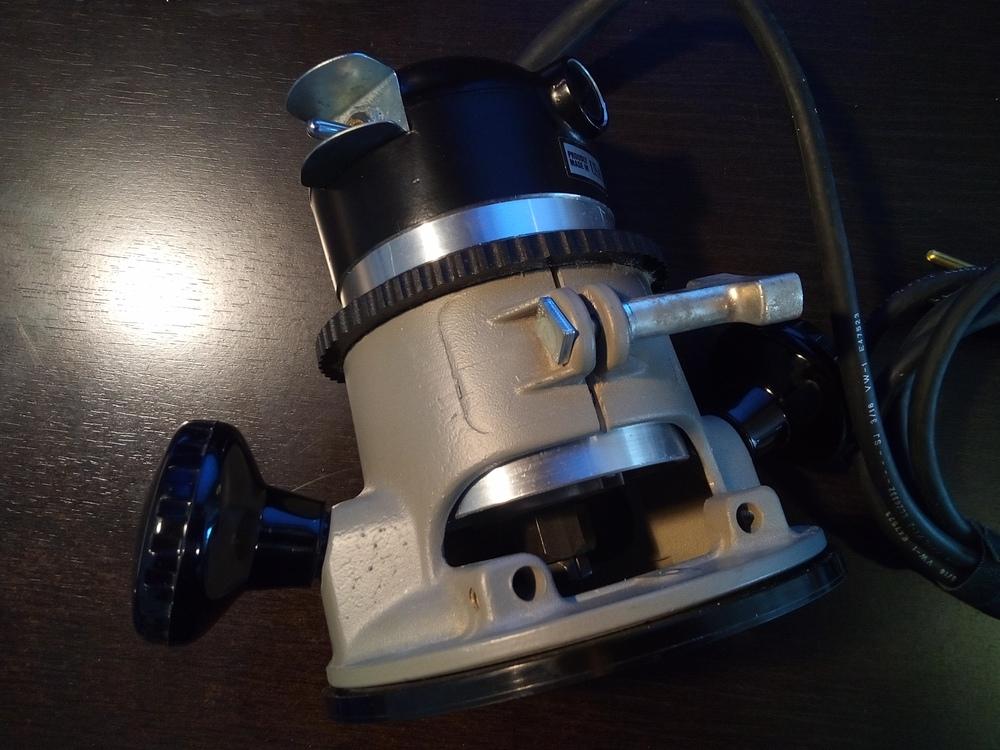
As I was working on this model in Blender, I had ancient memories of deja vu where I’d already modeled this router before. I knew it wasn’t fancy, but I had modeled it enough to work on the positioning system’s design. I thought I would have a look through my ancient CAD files and see if I could find any actual remnants of that project. And I did!
First up is a 2d drawing I did showing how the router head (the same router I’m using today) would be held by clamps in the positioning system.
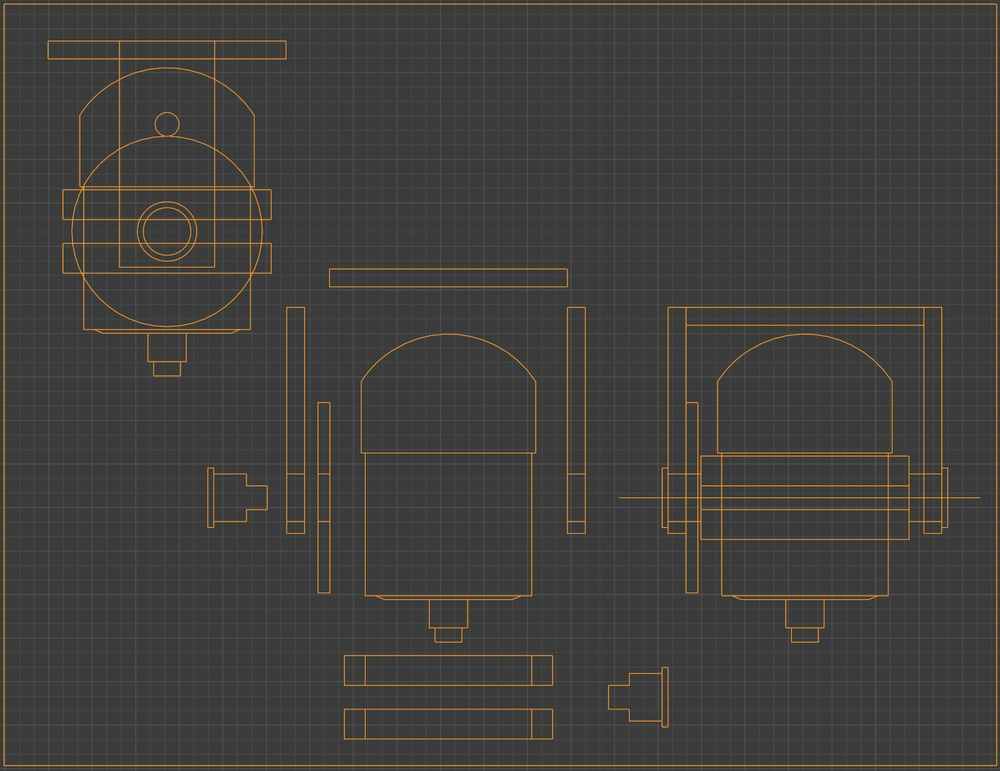
The concept detail for the clamp itself looks like this.
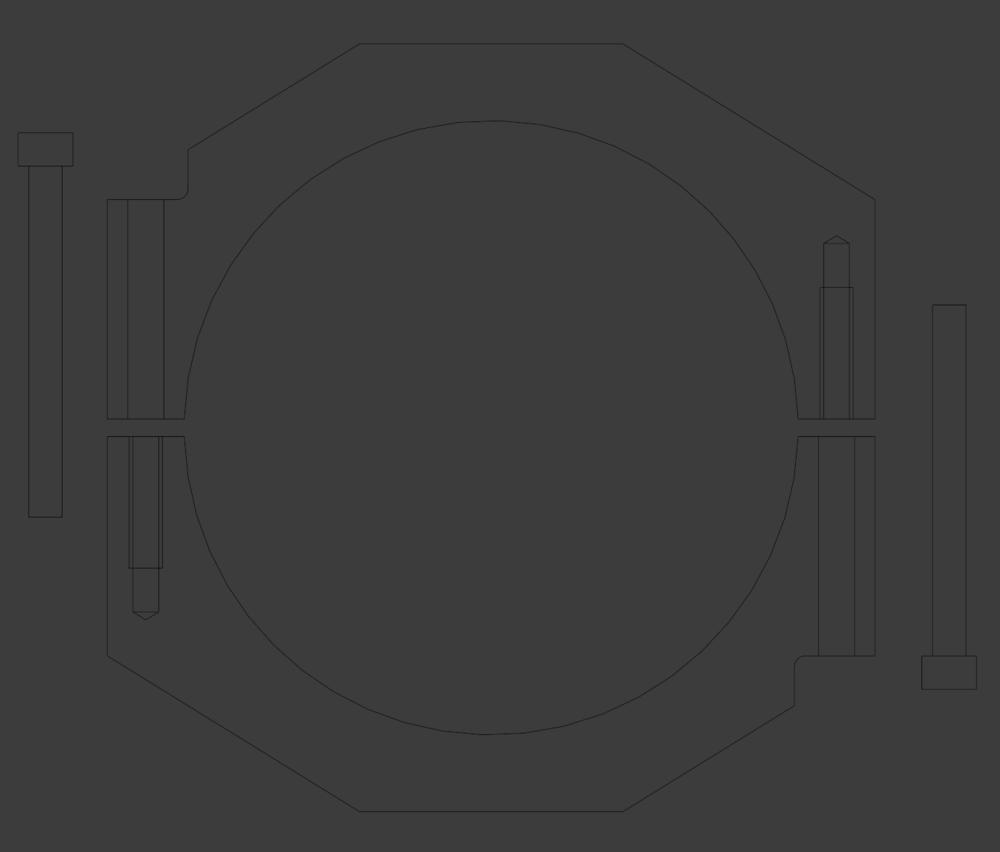
I even found a surprisingly well preserved shop print for this part.
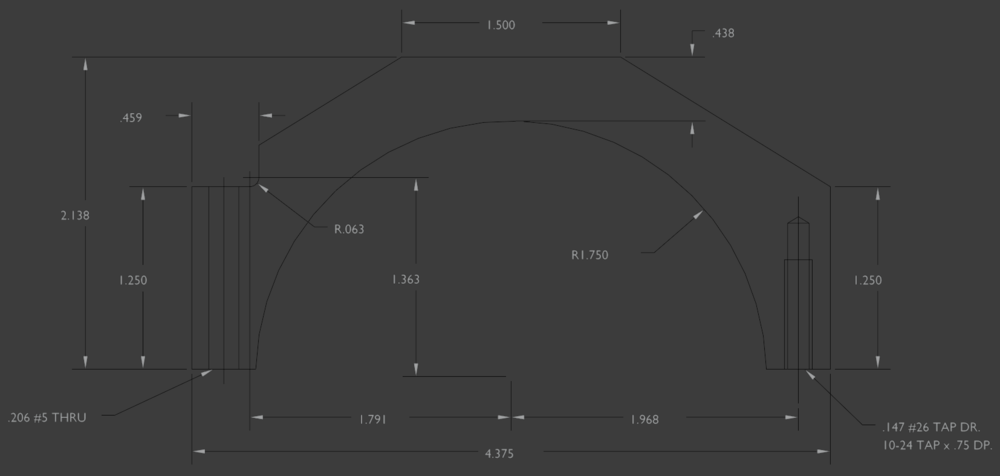
Sorry for the terrible image quality but I’m looking at these in Blender after a rather gruesome conversion process and I still don’t know how to clean these 2d line drawings up properly.
This was the one part of the system I actually machined and here’s what those clamps look like today.
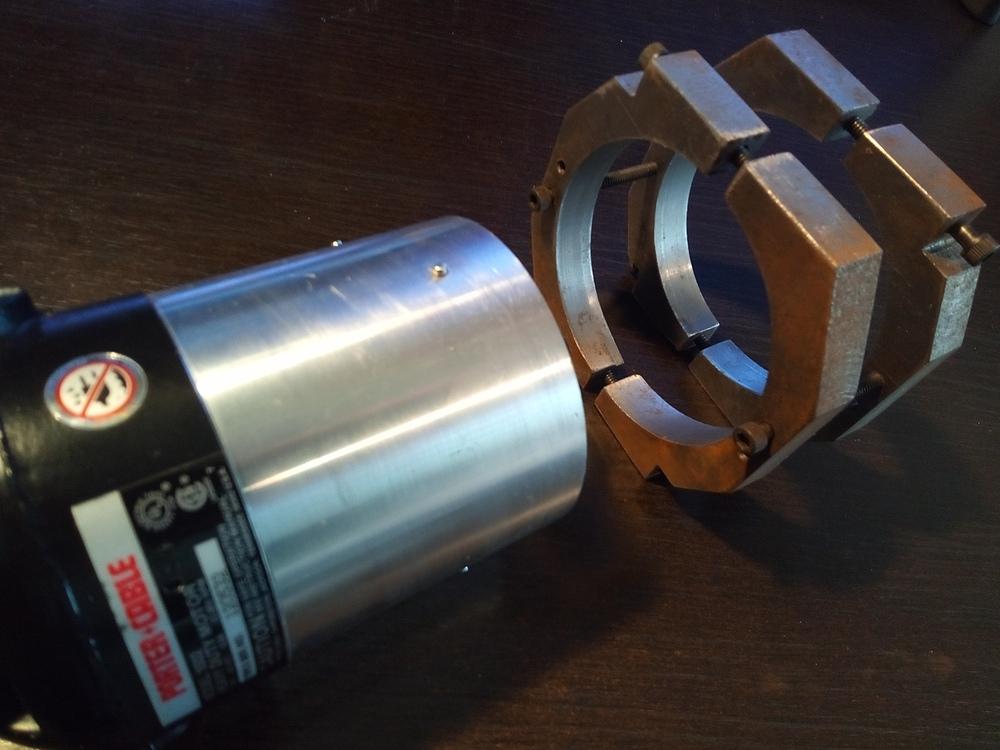
Then I found some files containing 3d models of my positioning system concepts. The conversion software made a pretty horrendous mess of it but here you can see the first router model I created.
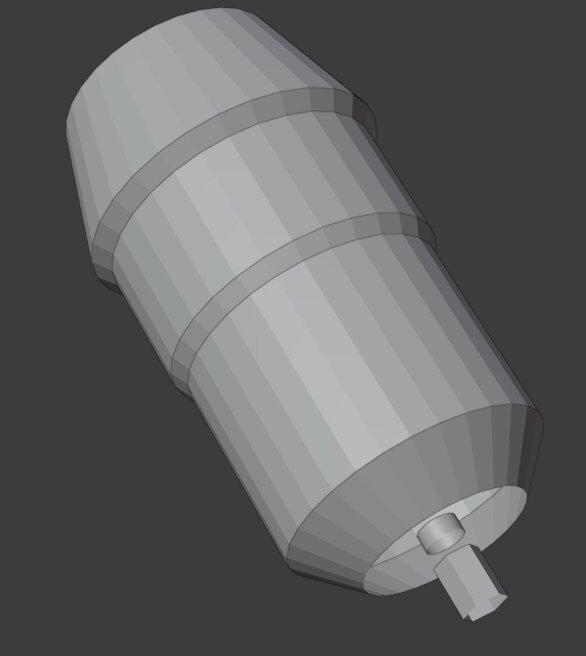
This one was for my original router, the one I got for my birthday. I still own that one and I think it still works, but it is plastic and not an especially accurate or durable tool. It was while planning my positioning system that I bought the Porter Cable 1001 shown in the photograph, and I switched to working on designs based around that.
Here’s a very rough look at that design showing the model of the Porter Cable router in a 5 axis system.
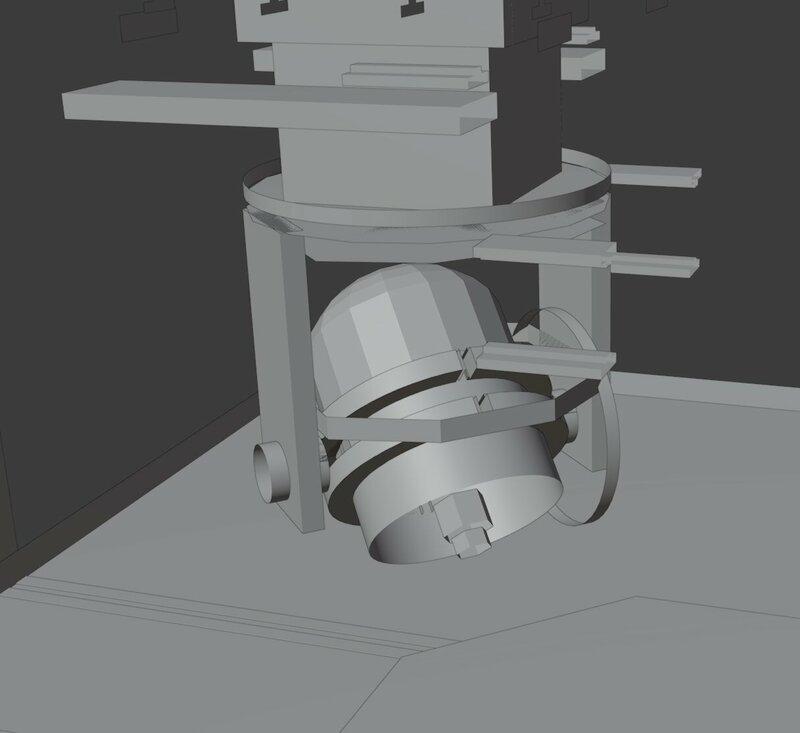
It seems that the conversion software that rescues things from the AutoDesk proprietary dungeon doesn’t do as well with 3d models. But you can get the idea.
All that must seem pretty unremarkable these days. What’s interesting about it is that these ancient computer models are truly ancient. They come from a time before normal engineers regularly made 3d computer models and many were still using pencils and paper. Keeping timestamps accurate over decades is a tricky problem but I found one of my TOPS (tool positioning system) files with a full engineering title block with a legitimate accurate date: 1993-09-22.
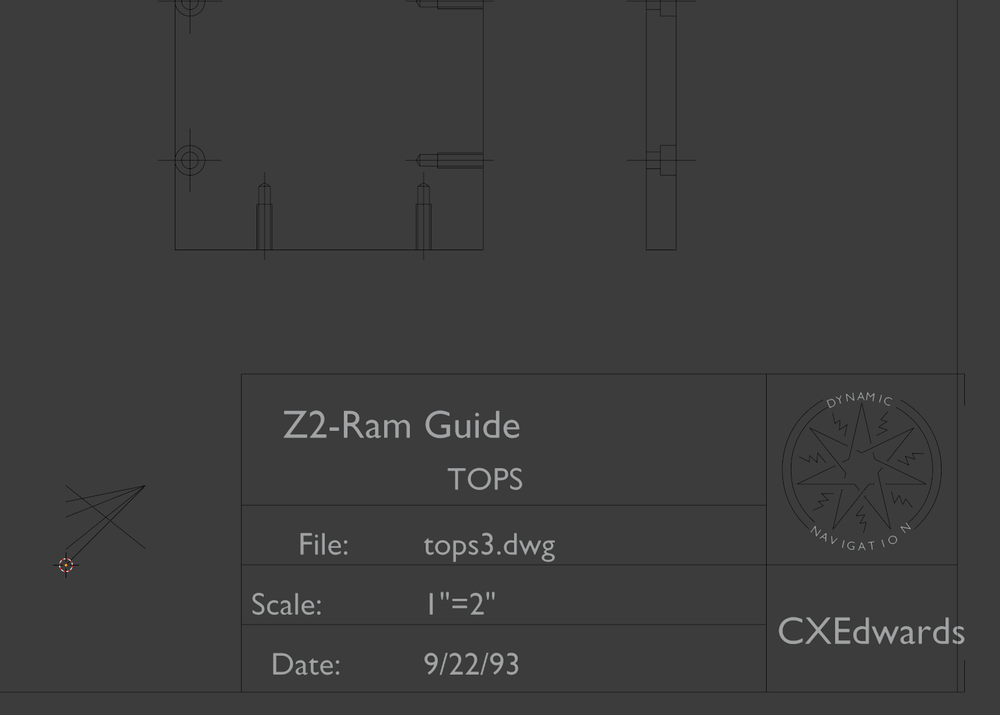
So what is the state of the art of Chris' router modeling abilities 28 years later? Here’s what it looks like as I work on it in Blender.
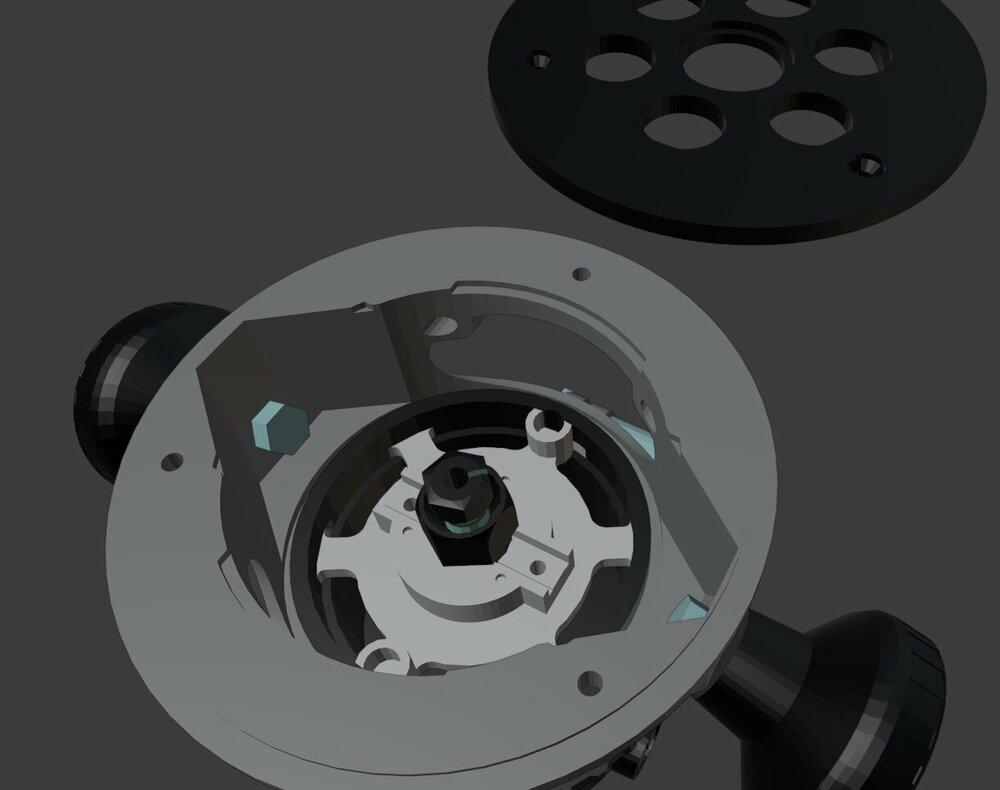
And here it is textured, lit, rendered, and animated.
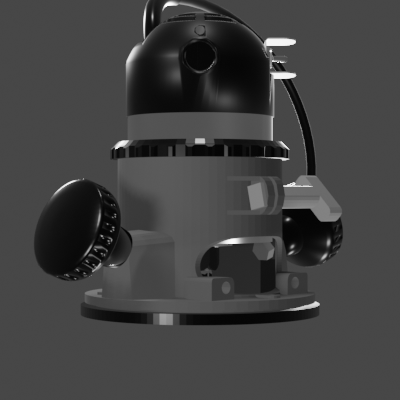
The difference is obviously pretty huge. I’m quite happy with the model itself. The geometry is generally accurate to well within 1/64" — it will be far more than sufficient for any subsequent design purposes. I’m also delighted with the rendering appearance so far, but amazingly I’ve only scratched the surface of the cosmetic details. That is what Blender really excels at — making things look fantastic. The fact that I’ve been able to model this technical piece with such a high accuracy is my own obsession with getting Blender to not just make things look right, but to be right. It is possible!